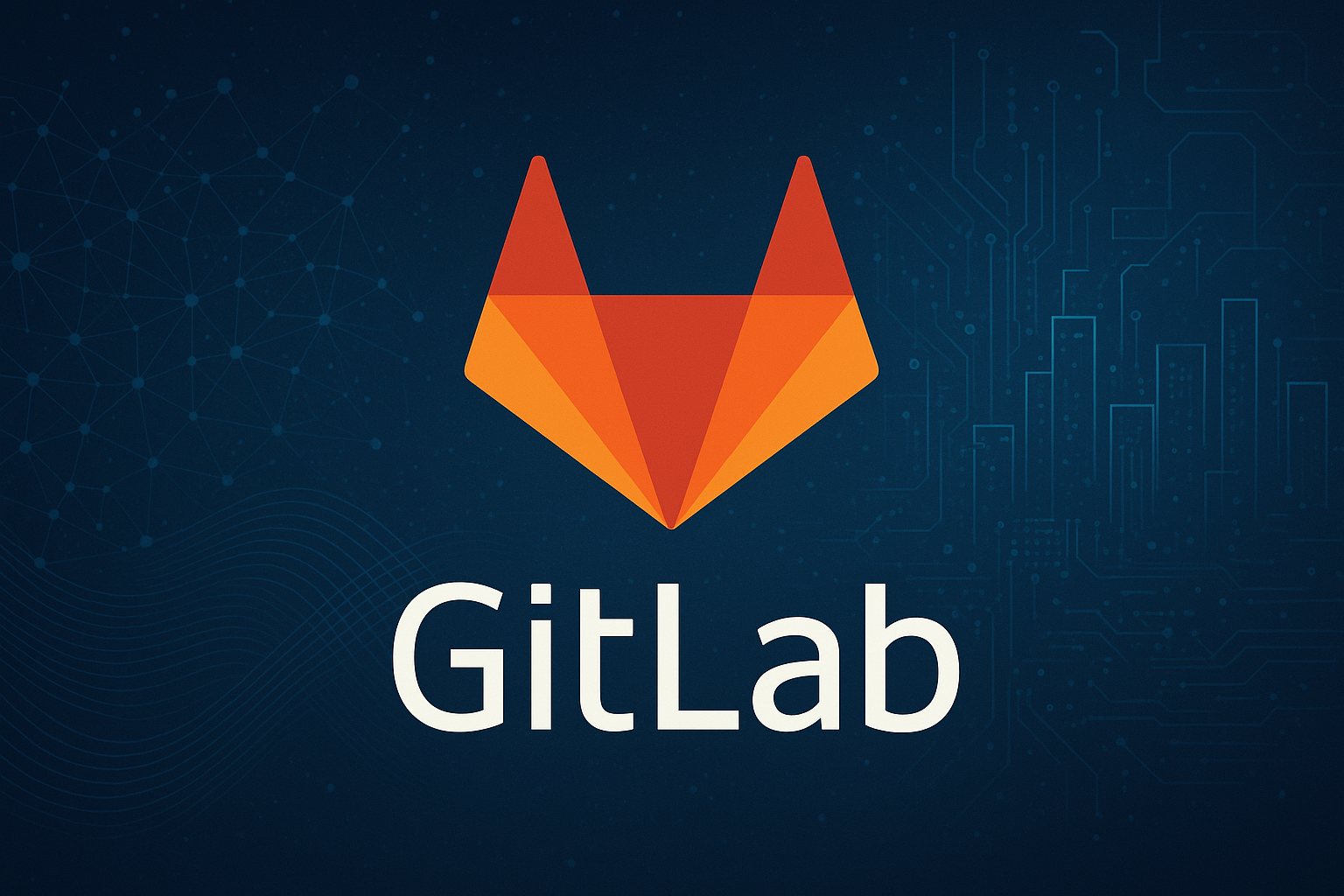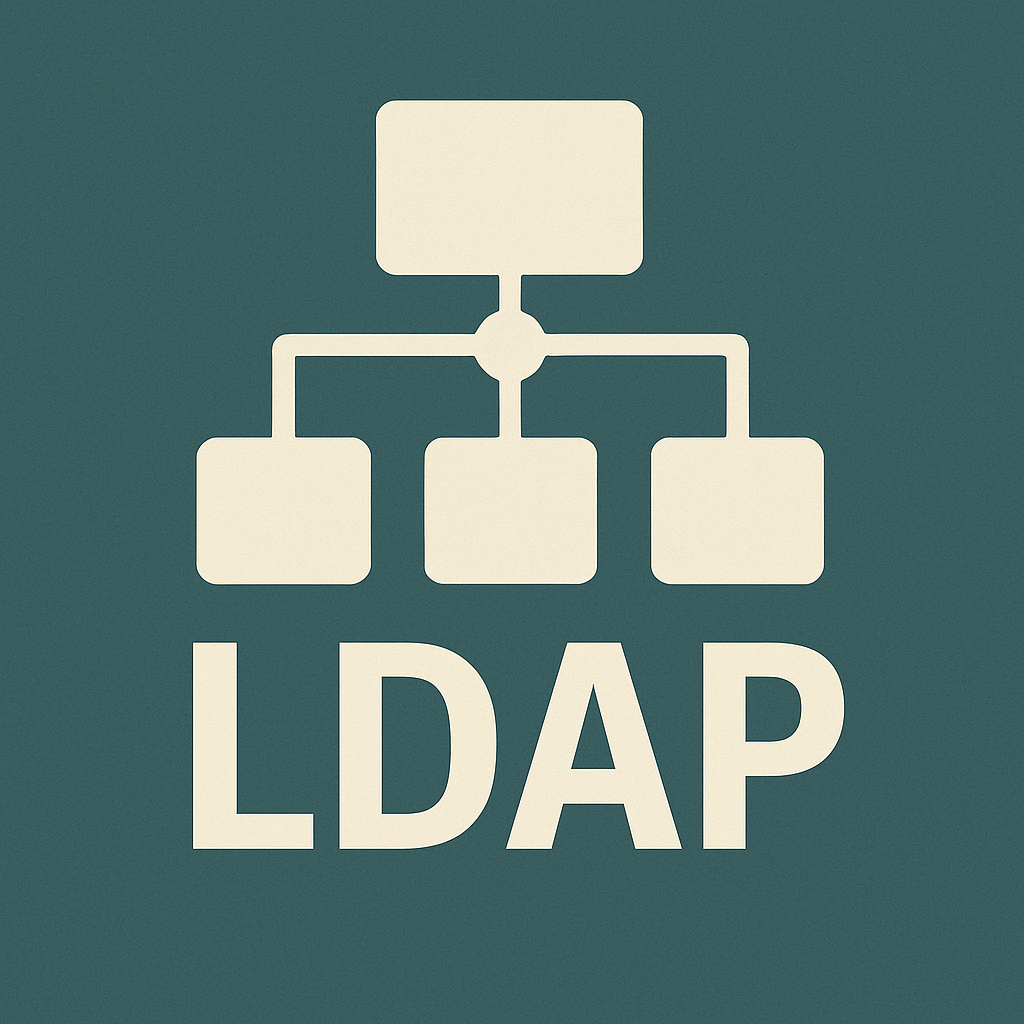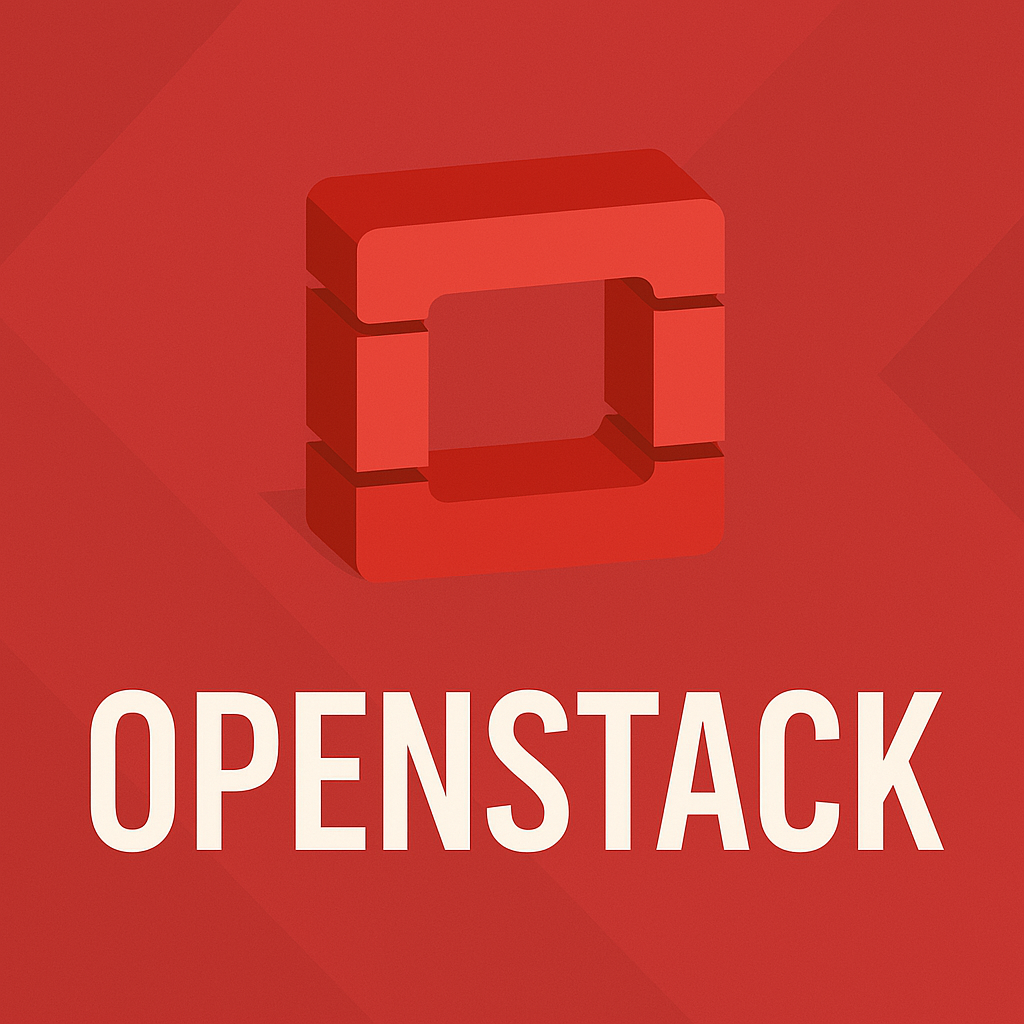Complete-Guide-to-Deploy-Gitlab/Gitlab-runner/docker
In this post, I’ll walk you through setting up GitLab, GitLab Runner, and the Docker execution environment on a Debian-based server (Ubuntu 22.04). Whether you’re building a personal CI/CD pipeline or preparing a team-ready development setup, this guide will cover everything step by step.
The high-availability deployment of the LDAP server
Learn how to deploy a highly available LDAP server step by step using open-source tools. This guide covers HA architecture, replication setup, failover configuration, and best practices for enterprise-grade LDAP high availability on Linux systems. Whether you're using OpenLDAP or 389 Directory Server, this tutorial helps you build a resilient, fault-tolerant LDAP infrastructure.
2025/05/27 English accumulation
Here, I will document my understanding of how to accumulate knowledge in a new language (English). This is an ongoing process and requires time. However, with practice it becomes easier as you get better at reading comprehension speedily.
OpenStack Series Chapter7: Managing File based Component Security with AIDE
This article will explain the basic principles of AIDE (Advanced Intrusion Detection Environment) and provide detailed methods for its deployment and use.
OpenStack Series Chapter6: Using ReaR to back Up OpenStack
I intend to introduce how to use ReaR to back up and restore OpenStack.
OpenStack Series Chapter5: Introducing Component Communiation---RabbitMQ
Let's discuss RabbitMQ, a message broker that can be used to communicate between different components in an OpenStack environment.
OpenStack Series Chapter4: Identifying shared services and VNC
This article mainly introduces the shared services running on the controller node and the process of VNC.
cifs mount attention
The purpose of this article is just recording the errors about cifs-mount.
Openstack Deployment Series Chapter0:Overview
This deployment uses a fully manual approach, with the aim of helping everyone understand the deployment details and how the components work together.
OpenStack Series Chapter3:Introducing Overcloud
Similarly, Let's understand the core Red Hat OpenStack components, manage overcloud services, and view the overcloud structure in this Chapter.





